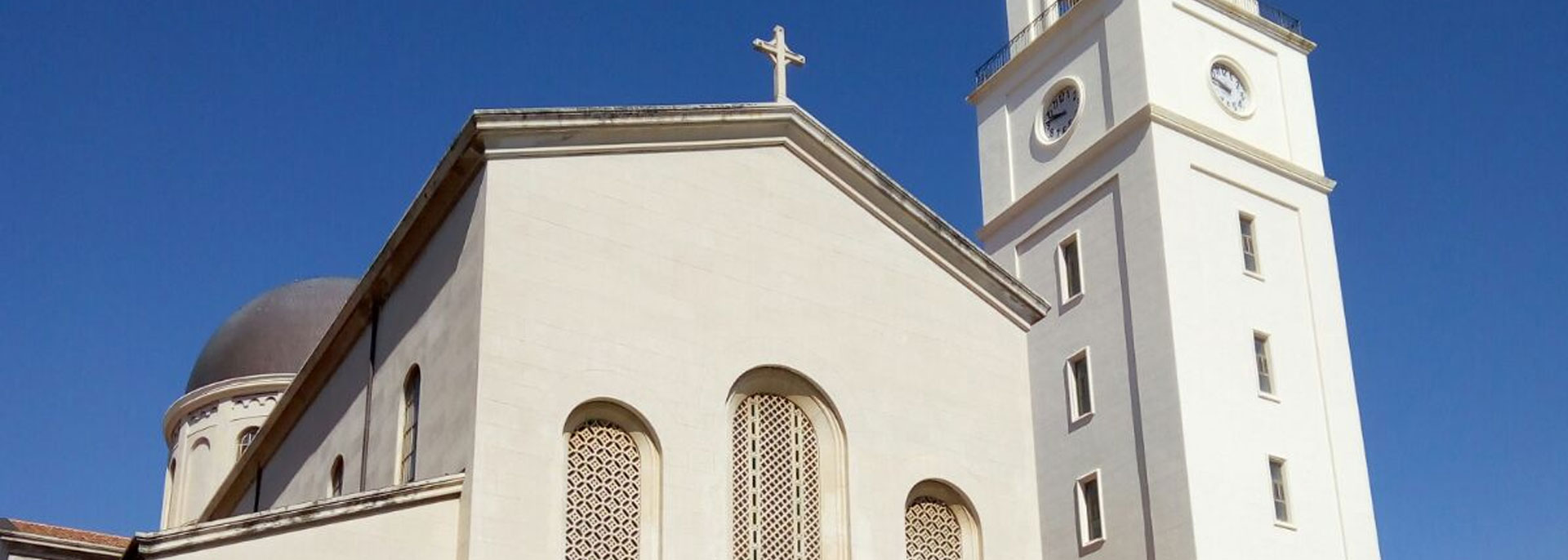Author: Unknown painter (second half of the 16th century - first half of the 17th century)
Dating: First half of the 17th century
Material: Oil on canvas
Dimensions: 200 x 160 cm
Location: Milazzo, Cathedral of Santo Stefano Protomartire.
The painting, originally placed in the second altar of the left aisle of the ancient Milazzo Cathedral, can now be seen on the wall of the presbytery in the modern matrix. Severely lacerated along the edges, perhaps due to damage caused by the transfer of the seat, it has been adapted, with the addition of two wooden inserts, to a rich wooden frame carved with luxuriant leaf motifs in late 17th-century Baroque style. The overcrowded scene refers to the moment when the protomartyr Stephen on his knees, wearing a deacon's dalmatic and gazing at the Trinity, suffers the violence of the crowd and is stoned to death. The young man in a cuirass, pointing at the saint looking out towards the outside observer, is Saul, the future St. Paul, at whose feet, according to the Gospel account, the witnesses to his martyrdom laid down their cloaks (Acts of the Apostles, 7, 58).








